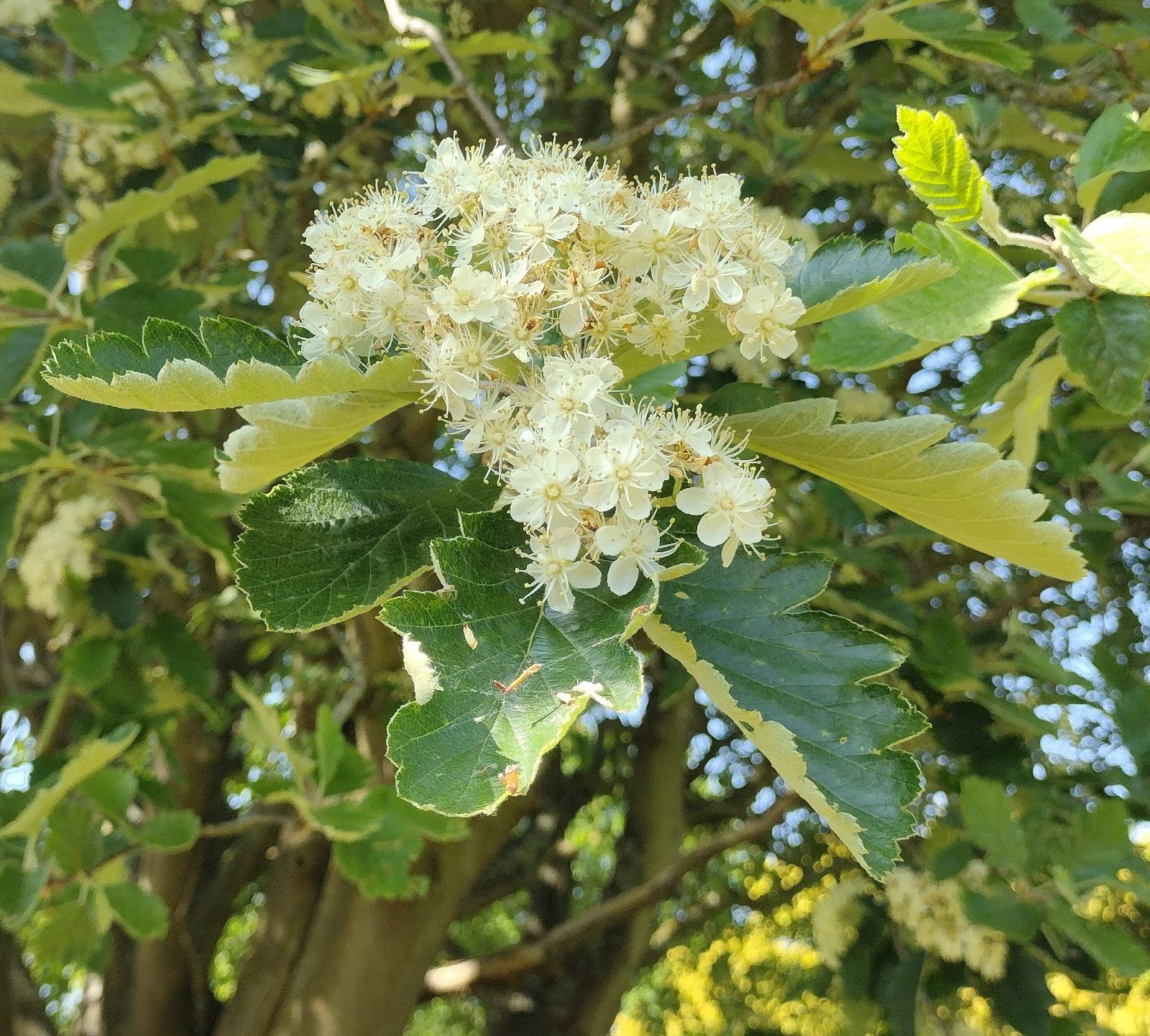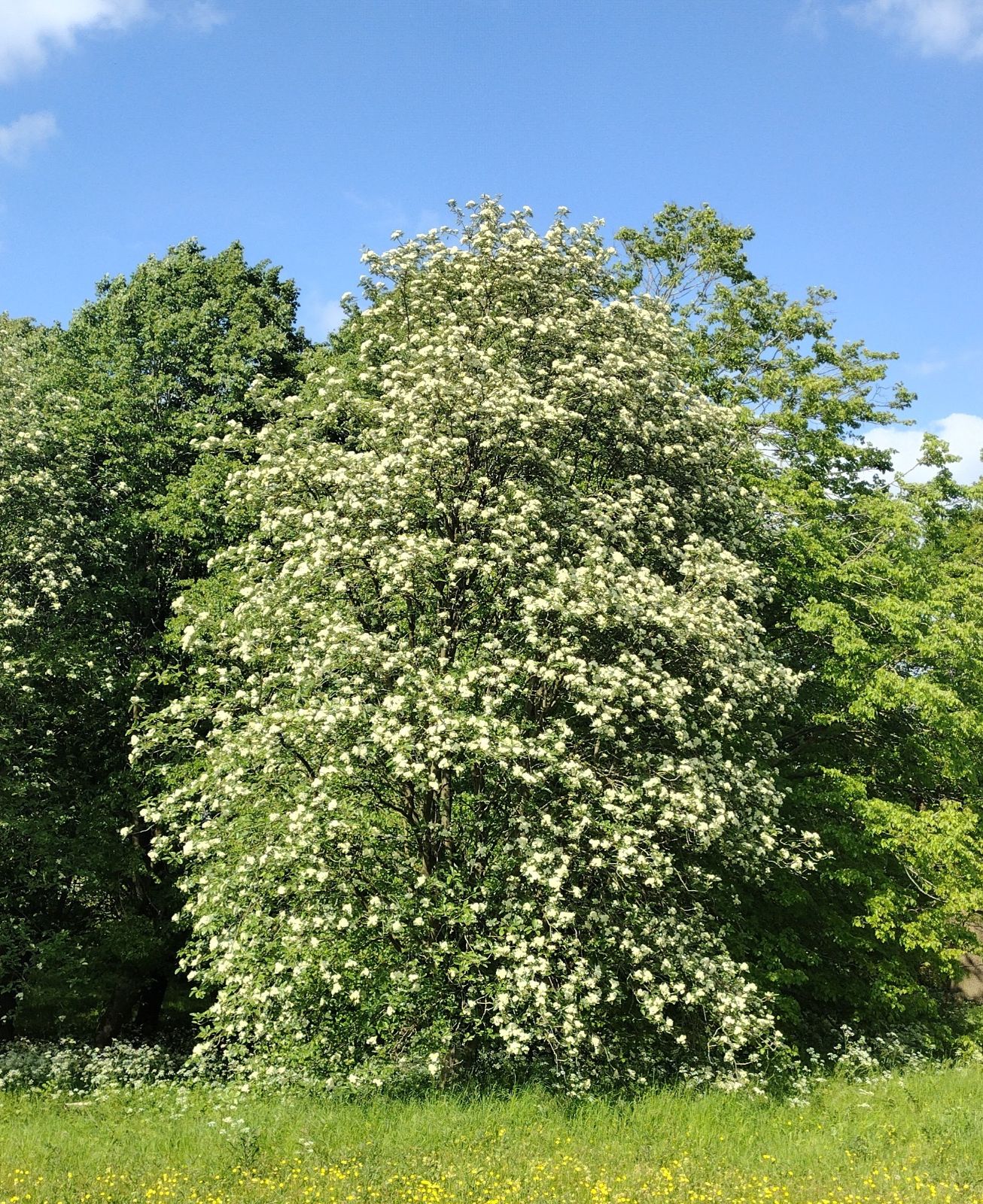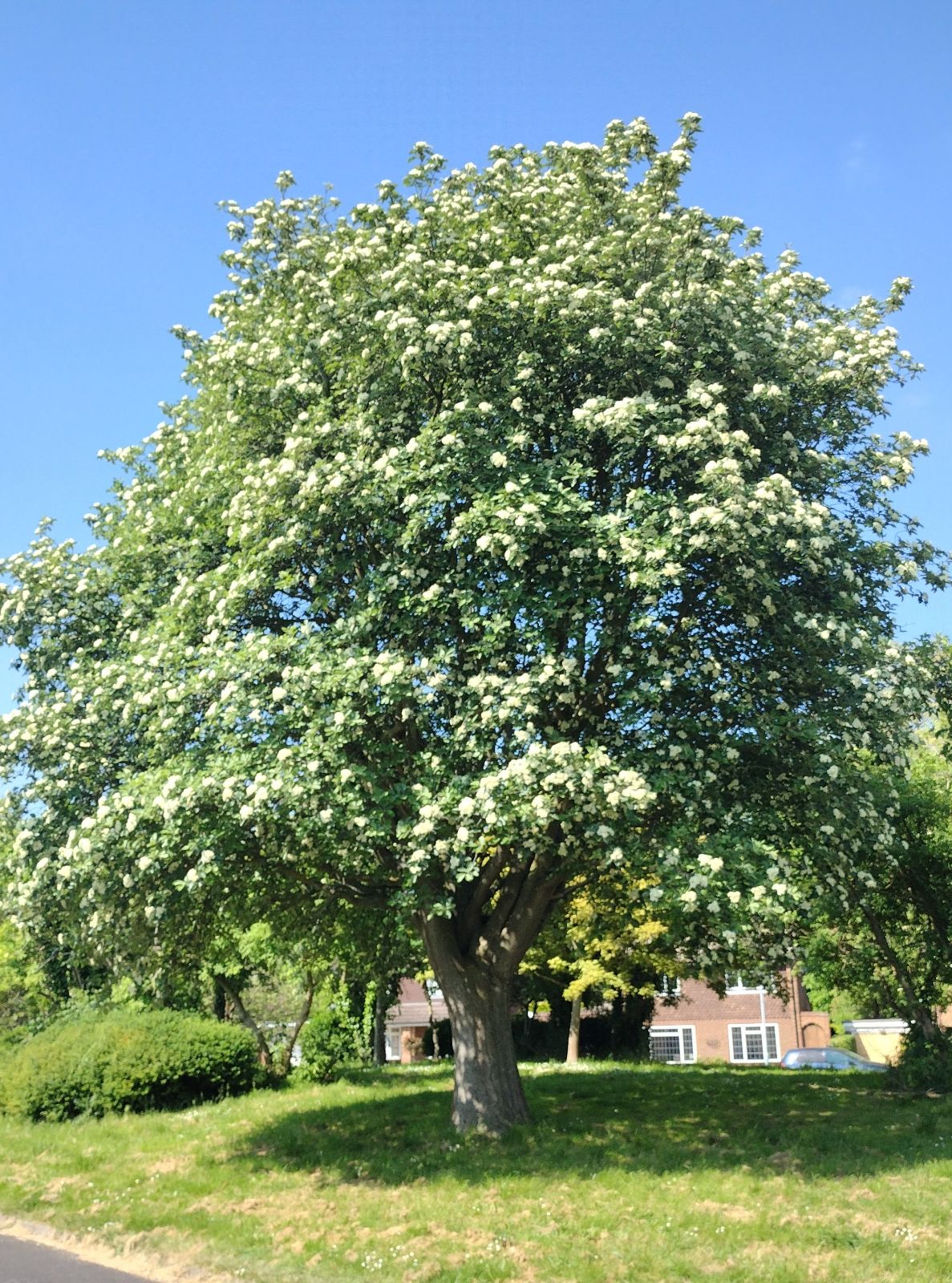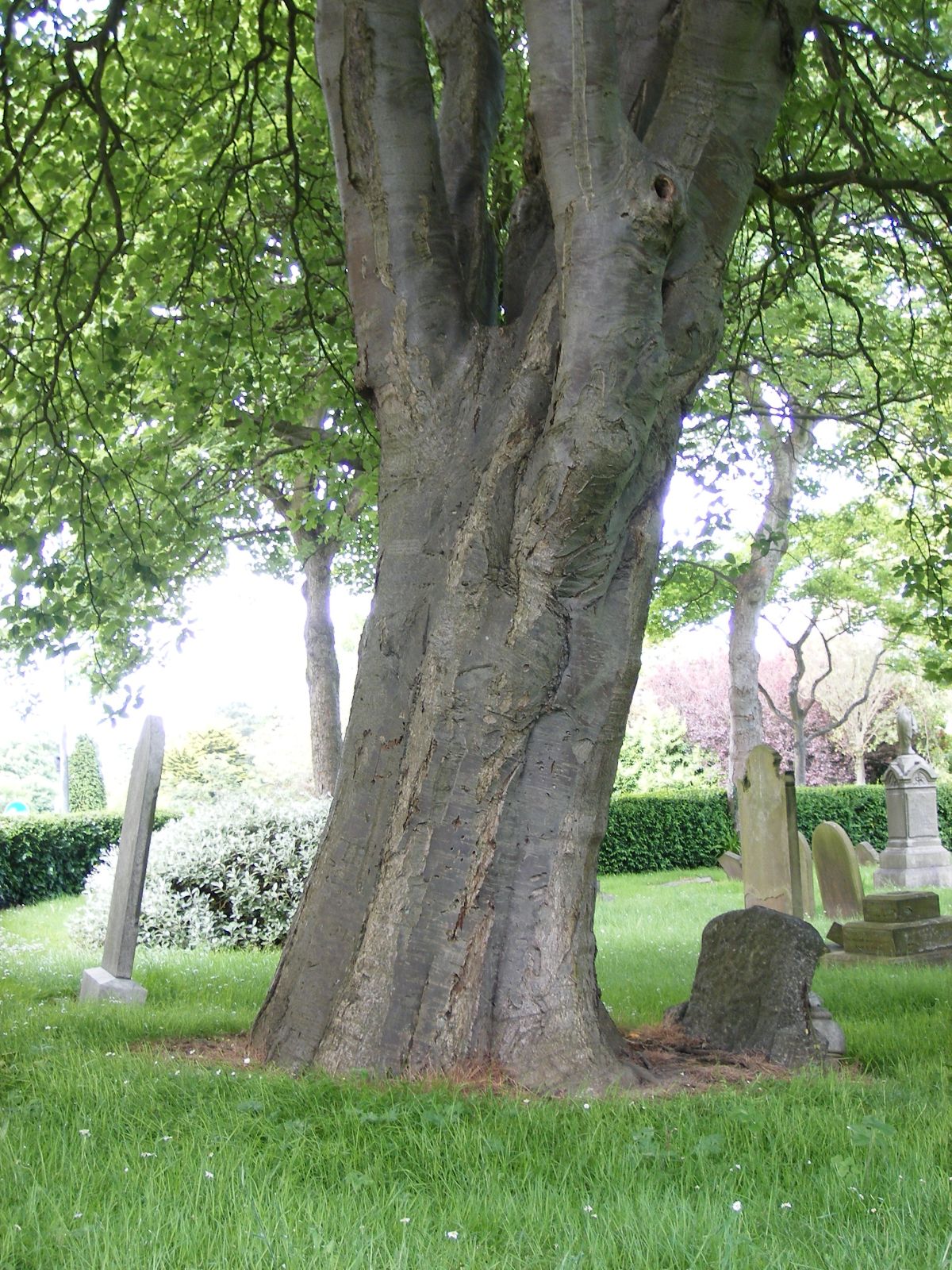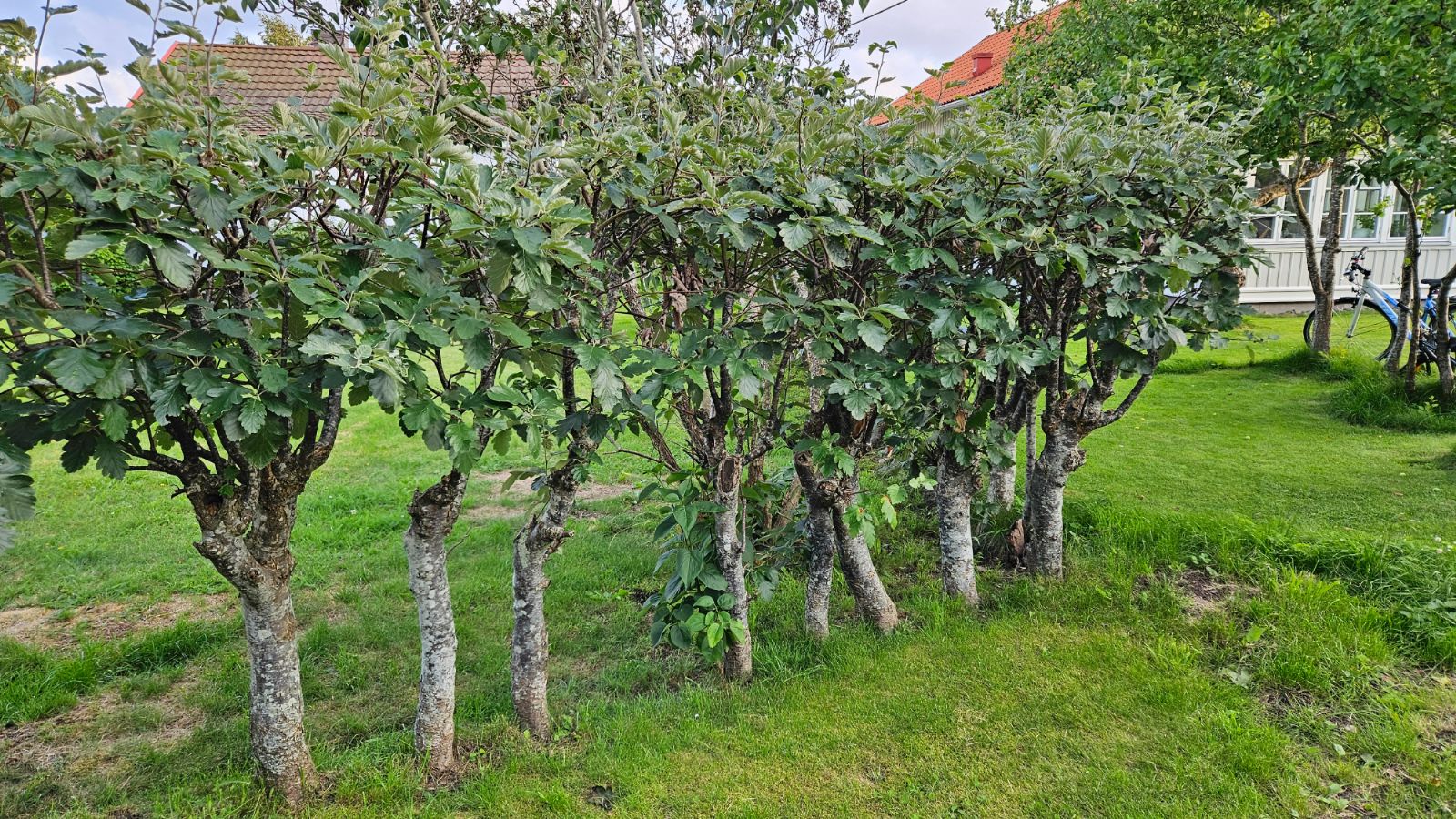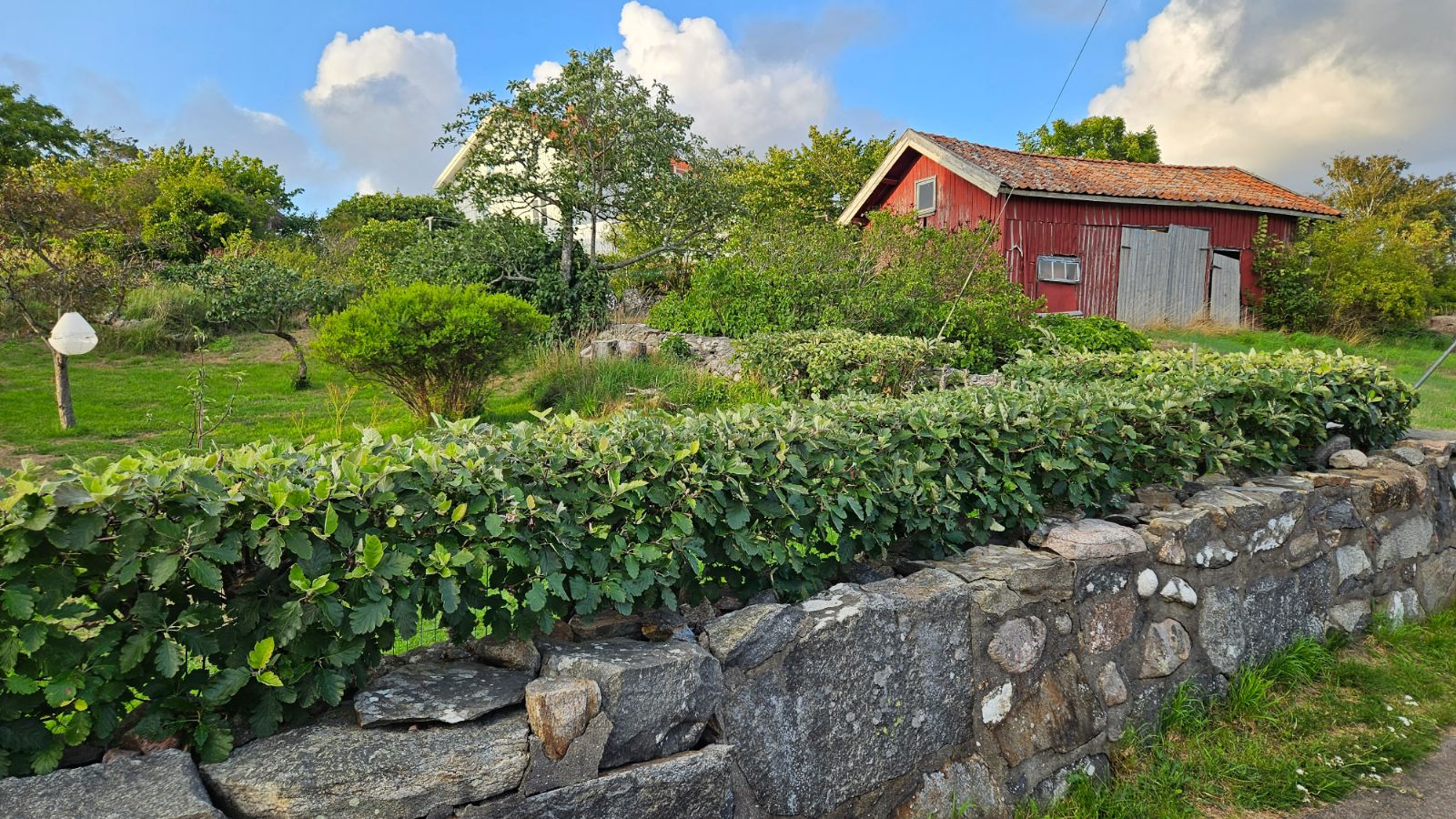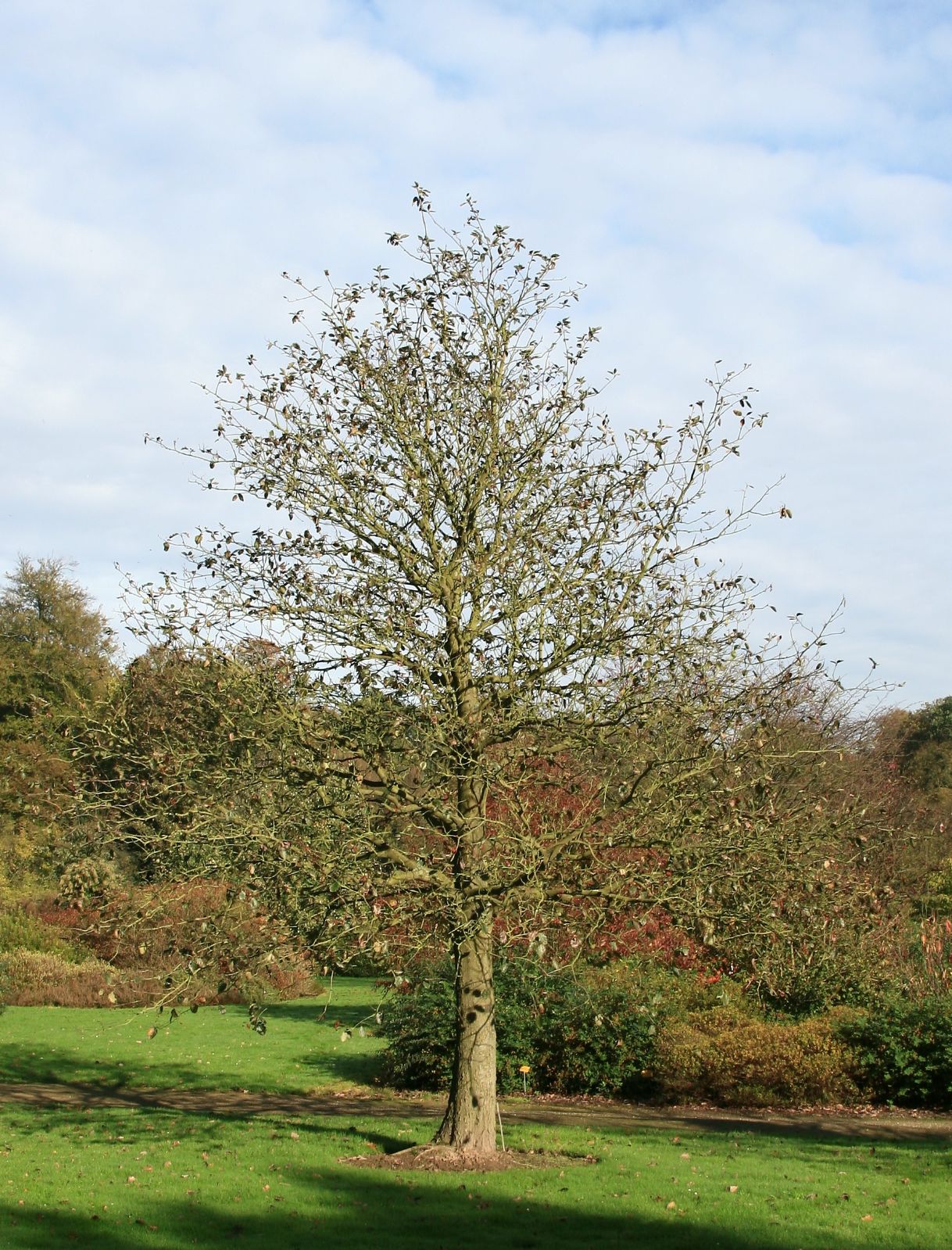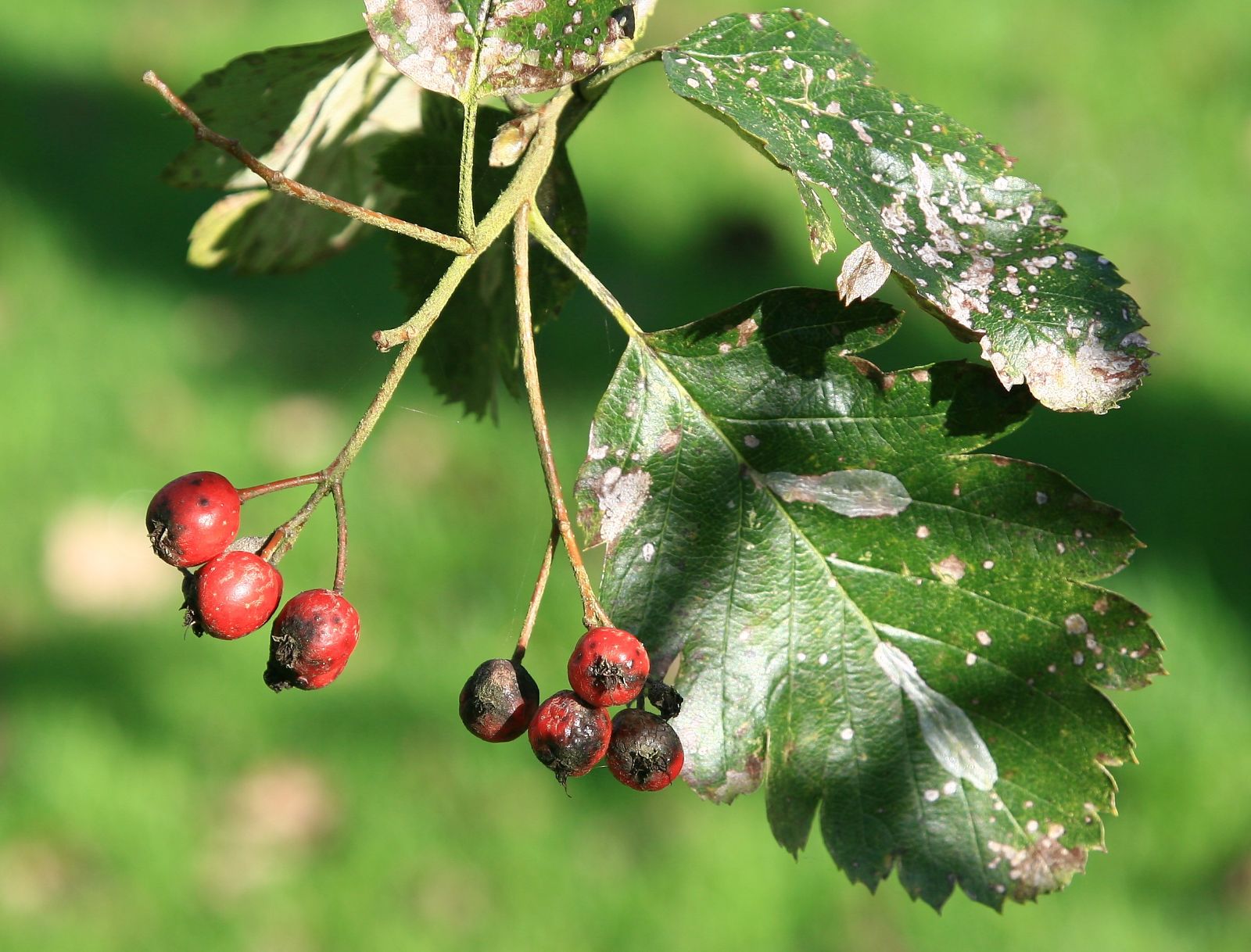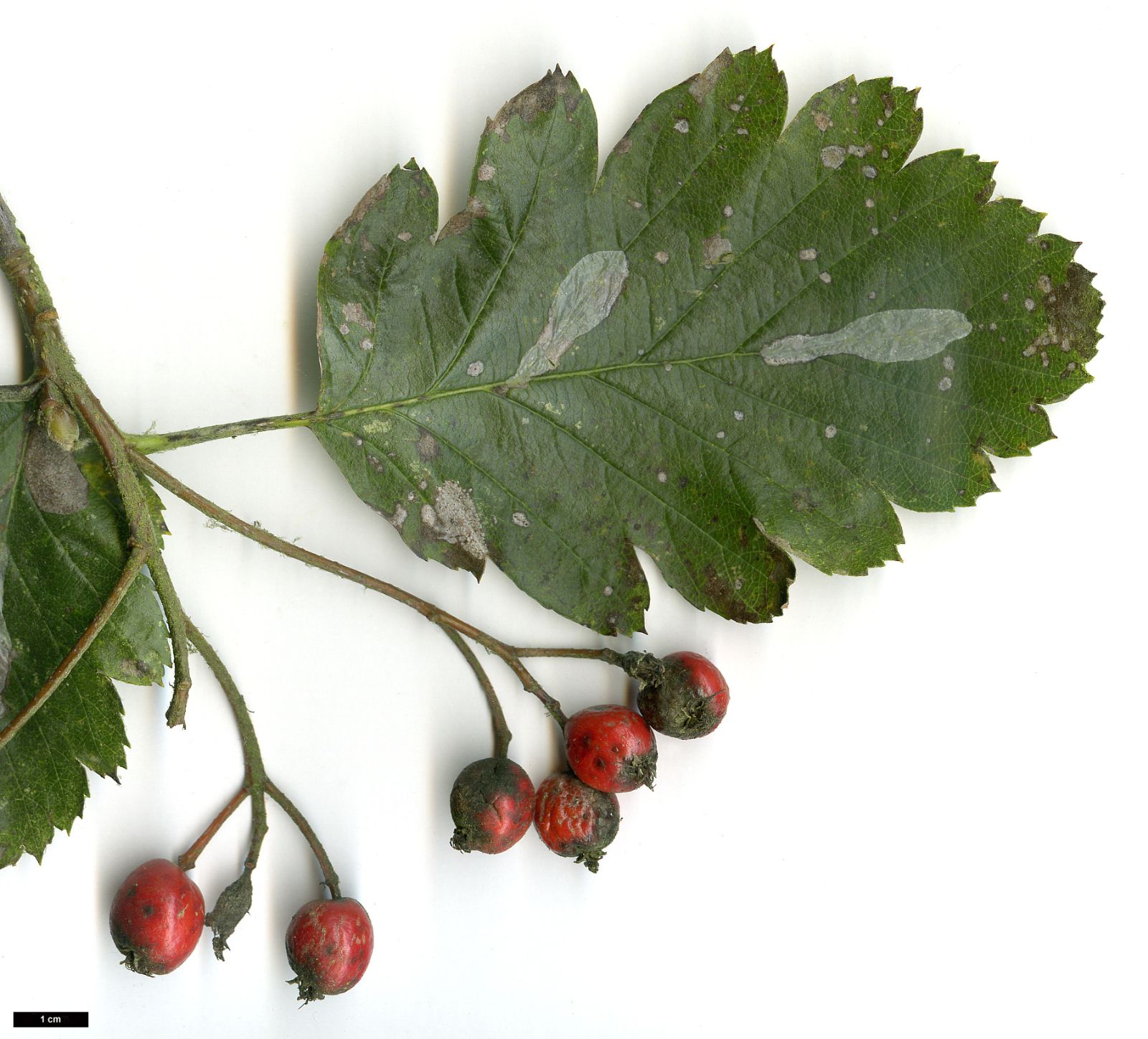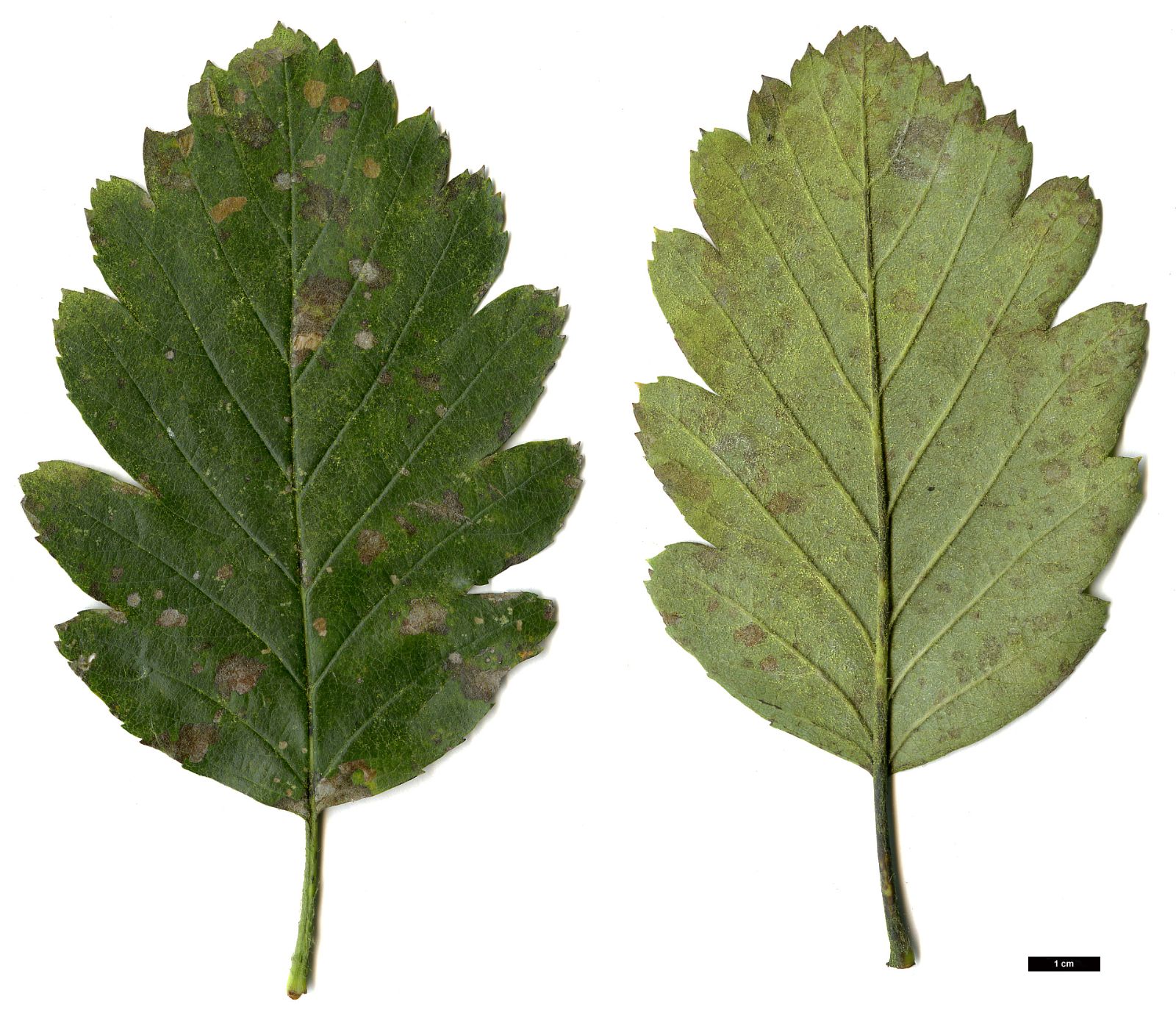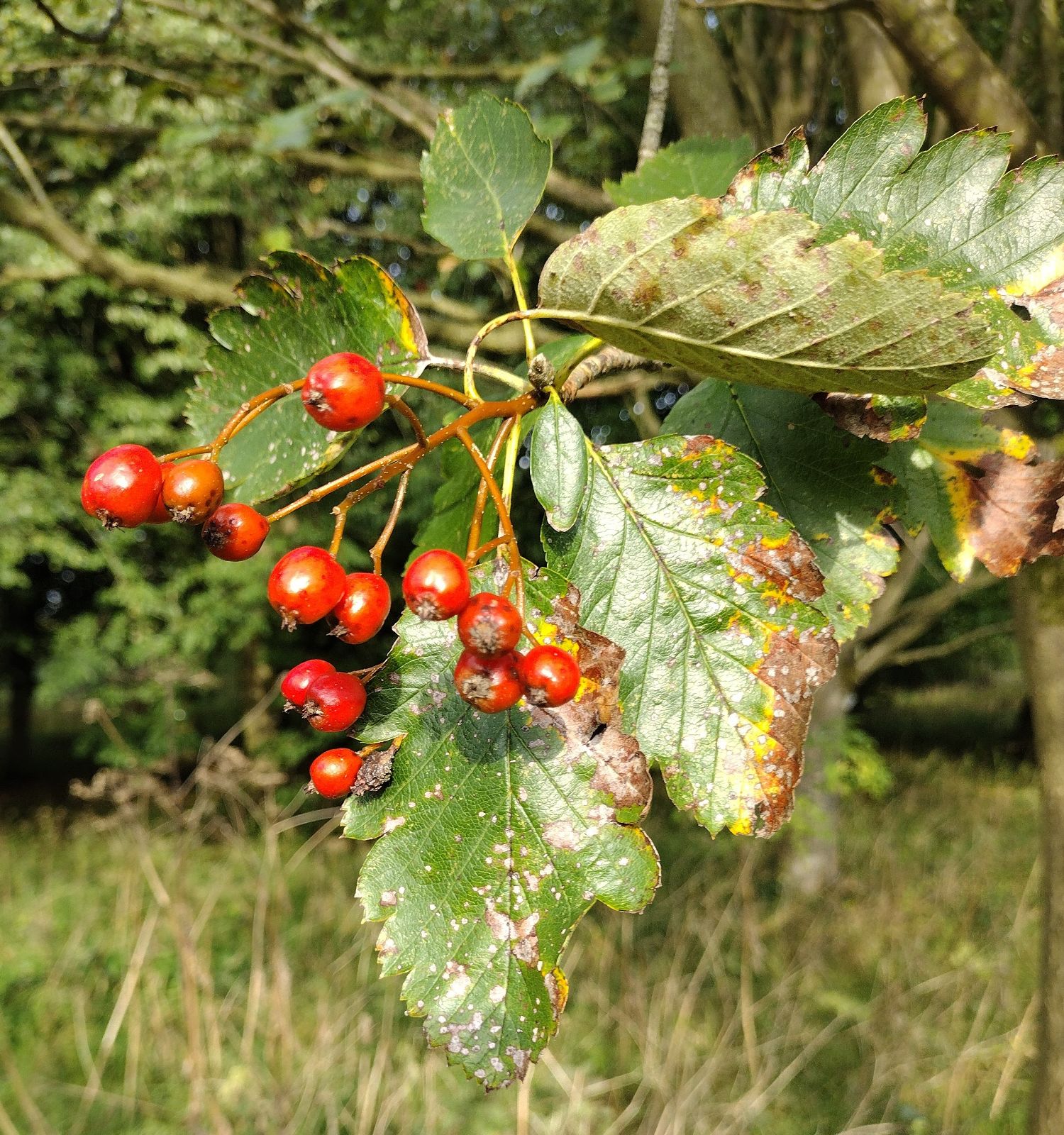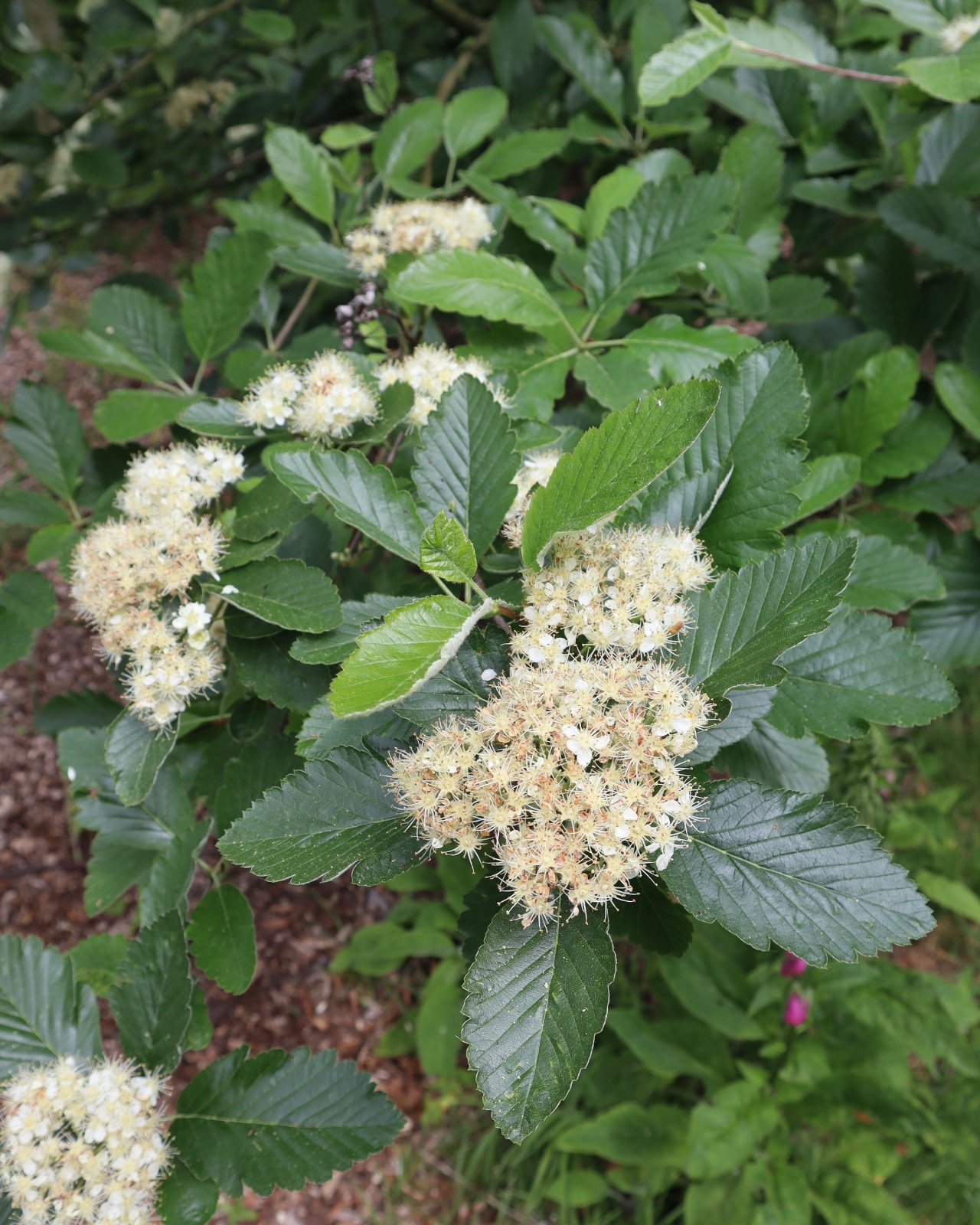Scandosorbus intermedia
Credits
Article from Bean's Trees and Shrubs Hardy in the British Isles
Recommended citation
'Scandosorbus intermedia' from the website Trees and Shrubs Online (treesandshrubsonline.
Genus
Common Names
- Swedish Whitebeam
Synonyms
- Aria intermedia (Ehrh.) Schur
- Aria nivea subsp. scandica (Syme) Bonnier & Layens
- Aria scandica M.Roem.
- Borkhausenia intermedia (Ehrh.) Sennikov & Kurtto
- Crataegus intermedia (Ehrh.) Dum.Cours.
- Crataegus scandica Wahlenb.
- Hahnia intermedia (Ehrh.) Samp.
- Lazarolus intermedia (Ehrh.) Borkh.
- Pyrus aria subsp. intermedia (Ehrh.) Hook.f.
- Pyrus aria subsp. scandica Syme
- Pyrus intermedia Ehrh.
- Pyrus scandica Bab. (non (Syme) Syme)
- × Sorbotoraria intermedia (Ehrh.) Mezhenskyj
- Sorbus aria subsp. scandica (Syme) Rouy & E.G.Camus
- Sorbus intermedia (Ehrh.) Pers.
- Sorbus latifolia subsp. scandica (Syme) Berher
- Sorbus scandiaca Fr.
- × Tormariosorbus intermedia (Ehrh.) Mezhenskyj
Other taxa in genus
Editorial Note
The text below is that of Bean (Bean 1981) who discussed this taxon under the name Sorbus intermedia. We have created this hybrid article – Bean’s text under the correct modern name, with appropriate synonymy – whilst we await sponsorship to enable a full revision of this genus to be written. We are re-organising the Sorbus sensu lato articles in this way to enable a new revision of Sorbus sensu stricto to commence in 2023, and to bring the nomenclature of this complex group of plants up to date in line with modern treatments.
TC, August 2023.
A tree 20 to 40 ft, occasionally more, high, sometimes a shrub in the wild; shoots very woolly when young, becoming glabrous by winter. Leaves 2 to 41⁄2 in. long, 1 to 3 in. wide, broadly oval or ovate, tapering or rounded at the base, rounded or pointed at the apex, margins lobed towards the base, the lobes becoming reduced to double or jagged teeth near the apex, ribs in six to nine pairs, upper surface glabrous, polished green when mature, lower surface covered with a close grey felt. Flowers dull white, 3⁄4 in. across, produced during May in large corymbs up to 5 in. across; calyx and flower-stalk very woolly. Fruits oval, 1⁄2 in. long, red, surmounted by reflexed calyx teeth.
S. intermedia has its principal distribution on the mainland of southern Sweden, with outposts on the islands, in Denmark, and on the southern shores of the Baltic. Long cultivated in Britain, it is sometimes bird-sown in wild habitats, and is said to have become naturalised in a few places. But genuinely wild plants previously identified as S. intermedia now rank as distinct species and may in fact be unrelated to S. intermedia; see S. arranensis, S. anglica, and S. minima.
Like S. hybrida, the Swedish whitebeam is a tetraploid apomict, coming true from seed and yet most probably of hybrid origin. The Swedish authority Hedlund suspected that it had S. torminalis in its make-up, and more recently Liljefors has suggested that it derives wholly from S. torminalis and some tetraploid member of the Aria complex, and that S. aucuparia consequently does not enter into its parentage either directly or indirectly. Other authorities, however, consider that the deep lobing of the leaves derives from S. aucuparia.
Although quite distinct in its fruits, the Swedish whitebeam bears a certain similarity to S. latifolia in its foliage, but the lobing is deeper, the lobes are rounded in outline at the apex, and are separated by a narrow sinus which is almost closed at the base. The leaves do not really suggest the influence of S. torminalis as those of S. latifolia do, but it is interesting that both in S. latifolia and S. intermedia the hairs on the undersides of the leaves become yellowish or brownish in herbarium specimens.
The Swedish whitebeam makes a broad-crowned, sturdy tree, branched to the base and usually with secondary branches drooping to the ground (though some trees lack these). It is of more value as a picturesque specimen, and for its flowers, than it is for its fruits, which are soon taken by the birds in most seasons. It is a good tree for industrial areas, as it withstands atmospheric pollution very well.
S. intermedia has attained 45 × 73⁄4 ft at Studley Royal, Yorks (1973), and there is another example almost as large at Swallowfield, Berks (1974). A tree in the Edinburgh Botanic Garden, pl. 1898, measures 33 × 51⁄2 ft (1967).
From the Supplement (Vol. V)
Besides withstanding atmospheric pollution very well, this tree is said to be resistant to fireblight.
specimens: Colesbourne, Glos., 42 × 7 ft (1984); Calderstones Park, Liverpool, 56 × 73⁄4 ft (1984); Studley Royal, Yorks., 50 × 83⁄4 ft (1984); Castle Howard, Yorks., Dairy Cottage, 56 × 8 ft (1985); Edinburgh Botanic Garden, pl. 1898, 42 × 63⁄4 ft (1985); National Botanic Garden, Glasnevin, Eire, pl. 1894, 40 × 61⁄4 ft (1974).

